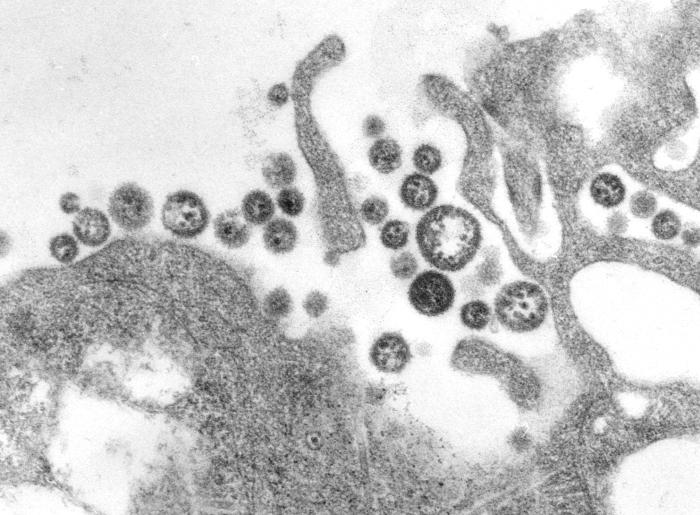Late last month, 42 days after the detection of the last Lassa fever case in the country, the Lassa fever outbreak in the west African country of Benin was declared over.

During the course of the outbreak, through the last case in April, a total of 54 suspected cases, including 28 deaths, were reported from eight regions: Borgou (31 cases, 16 deaths), Donga (7 cases, 5 deaths), Collines (6 cases, 3 deaths), Alibori (3 cases, 1 death), Plateau (3 cases, 2 deaths), Ouémé (2 cases, 1 death), Atlantique (1 case) and Littoral (1 case). Of these 54 suspected cases, 16 were laboratory-confirmed in three regions: Borgou (13 cases), Donga (2 cases), Ouémé (1 case).
The Lassa outbreak also affected health workers in the country as five of the suspected cases were in health workers including two deaths.
Although Lassa fever is endemic in neighboring Nigeria and other West African countries, this is only the second time that cases were reported in Benin (the first outbreak occurred in November 2014). This latest outbreak was characterized by a high number of deaths among confirmed cases.
Lassa fever is an acute viral illness that occurs in West Africa. The virus, a member of the virus family Arenaviridae, is a single-stranded RNA virus and is zoonotic, or animal-borne.
Lassa fever is a significant cause of morbidity and mortality. While Lassa fever is mild or has no observable symptoms in about 80% of people infected with the virus, the remaining 20% have a severe multisystem disease.
The animal host of Lassa virus is a rodent known as the “multimammate rat” of the genus Mastomys. Humans get infected with Lassa through aerosol or direct contact with excreta from the rodent. Laboratory infections do occur primarily through contaminated needles.
The symptoms of Lassa fever typically occur 1-3 weeks after the patient comes into contact with the virus. These include fever, retrosternal pain (pain behind the chest wall), sore throat, back pain, cough, abdominal pain, vomiting, diarrhea, conjunctivitis, facial swelling, proteinuria (protein in the urine), and mucosal bleeding. Neurological problems have also been described, including hearing loss, tremors, and encephalitis.
Related:


One thought on “Benin Lassa fever outbreak declared over”